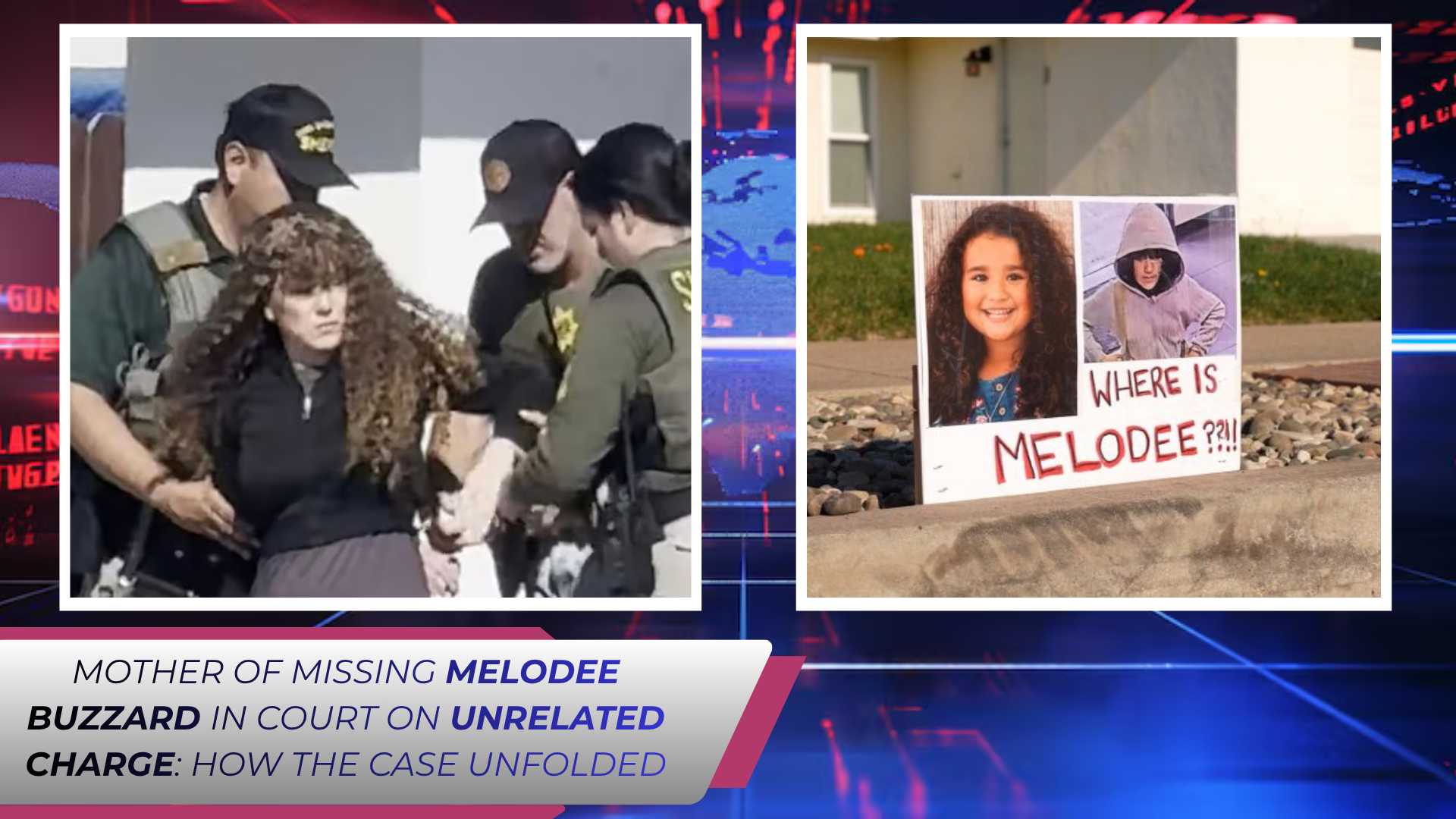He met the old man on a medical yard where the concrete stays warm all day and the stories cool into myth. William Noguera, tall and controlled, carried himself like someone who knew how to survive boredom without letting it hollow him out. He painted, he trained, he watched. The newcomer—Joseph Naso—was different from most. He wore vanity like a state-issued jacket: the photographs he showed, the names he dropped, the way he smiled at his own past as if it were a gallery opening. When he tapped his temple and said the women lived “up here,” the performance was complete. He wanted an audience. Noguera made himself one.
Naso was already famous in the worst way. He had been convicted of multiple murders and sentenced to die, an elderly photographer whose archive held pictures no family wanted to imagine. Detectives had long suspected there were more victims than the counts on the verdict form. There was even a handwritten list with cryptic entries—fragments like “girl near Healdsburg” or “girl on Mt. Tam”—a murderer’s itinerary written as if to himself. The list looked like a taunt. It was also a map, badly drawn but legible to anyone willing to read the killer’s private shorthand.
Prisons are full of talkers and full of listeners who pretend to listen until commissary day. What Noguera practiced was something else: a patient, disciplined imitation of friendship. He offered small favors and longer silences. He let the older man have the stage. Piece by piece, the monologues lengthened and sharpened into specifics. Jokes turned into timelines; brags turned into names. The momentum shifted when Noguera invented an offstage character—a “friend” who might help smooth things with authorities if a gesture of good faith appeared. That phantom opened a door no interrogation had managed to unlock. Naso wrote a letter.
It was only a few pages, but it carried the weight of a sworn statement: a meeting with a young model, a place to start the search, a description stubborn enough to outlive memory. The difference between rumor and record is often a signature. Noguera had one now. He moved the document the way you move something fragile—quietly, to someone who could use it without getting him killed for carrying it. A cold-case detective on the outside received the packet, compared the details against old missing-person files, and found a match plausibly within a day. What had been a story on a yard became a name that families had been waiting to hear for decades.
The casework did not stop with that letter. Once the conversation deepened, other fragments lined up with long-dormant files: a girl last seen near a mountain trail, a young mother found far from where she was taken, a sex worker whose last photograph lived in a box in a climate-controlled room. If the list had been a private reminder, it became public scaffolding—something detectives could climb to test which memories belonged to which crime scenes. Not every rung held. Some did. Each one that did turned a whisper into a lead: a route to revisit, a venue to canvas again, a clerk to ask about a record buried under earlier records.
For the families, this isn’t journalism and it isn’t lore. It is logistics. A name attached to a photograph. A date that narrows the search. An appointment book—real or imagined—that can be re-created with phone bills, bus schedules, weather reports, and the stubborn geography of where a body was found. The dramatic part of the story is the reveal; the honest part is the paperwork that follows. That’s where the hours go: inventories, lab requests, requests for old reports from departments that merged or moved, sometimes the slow rediscovery of evidence that was misfiled under an alias or a misspelling.
Meanwhile, Noguera’s own legal life moved, then stalled, then lurched forward again. After decades under a sentence meant to end only one way, a series of rulings reclassified what the state could prove beyond doubt. The possibility of parole flickered on. He faced the board with the same measured calm he had used on the yard and, this summer, stepped into free air for the first time in a generation. Reentry is its own labyrinth—paperwork of another kind—but he says the mission did not change with the view. The letters and notes he carried out are not souvenirs. They are commitments.
William A. Noguera reveals the chilling confessions of Alphabet Killer Joseph Naso — and why the world is only now hearing the truth.
— Atlantic Insider (@atlanticinsi) September 8, 2025
NEWS ALERT: William Noguera INTERVIEW ON WEDNESDAY / 12 PM EST#deathrow #CrimeNews pic.twitter.com/BvYyQ0elaf
There is a larger lesson hidden inside the prison minutiae. Serial predators organize their lives around access, routine, and control. In the free world, that looks like jobs that place them near vulnerable people, travel patterns that let them disappear without notice, hobbies that justify approaching strangers, and props—like a camera—that create a script. Inside prison, the props are gone. What remains is the need to be admired. If you can arrange the stage so that admiration looks like confession, the performance will write itself. It did here, and those pages are now doing work that grandstanding never could.
It would be too neat to present Noguera as a redeemer whose careful manipulation balance-sheets his crime. That is not how harm works, and he doesn’t claim it is. What he demonstrates instead is that even in a place built to extract time, a person can still contribute time back to the living. The contribution is not abstract. It is measured in the ability to bury a loved one under her own name, in the narrowing of a window during which a murderer operated, in the quiet dignity of an official report that finally reads clean.
There is also a warning inside the headlines. When a case becomes a documentary pitch or a trending clip, narrative takes over. Numbers grow. Claims stretch. Viewers want a villain who explains too much and a hero who repairs it all. Real work refuses that shape. On the best days it is dull: calling retired detectives to ask where their boxes went, comparing handwriting, waiting on a lab that is understaffed. On the worst days, it is the discovery that a likely match is only likely, because the record needed to clinch it was destroyed when a flood reached the basement where the evidence room once was.
Still, momentum exists. A list once written for a killer’s private use is being decoded line by line against police files, news clippings, and the tireless databases maintained by volunteers who refused to forget. Old assumptions about which predator owned which crime scene have been reopened, not to rewrite lore but to match methods to facts. Some jurisdictions have assigned fresh eyes to cases once filed under someone else’s legend. Others are re-testing what can be re-tested with modern tools. The work will not yield a tidy total. Tidy totals are for television. What matters is the slow strengthening of the chain between a missing person and a known act.
Step back from the names and you can see a different story: about incentives. The killer wanted attention and control. The system wanted finality. The media wanted certainty. Families wanted truth. Only one of those desires could be satisfied quickly, and for years, the fastest claimant usually won. What changed here is that an inmate learned to stall the fastest claimant long enough for the slow ones to catch up. He turned the need to perform into a written record; he turned a list into lines detectives could actually follow. That is not redemption. It is craft.
If there is a path forward, it looks like this: keep coaxing paper into existence, keep aligning that paper with the places bodies were found, keep calling the families when there is even a small update to share. The victories will be modest and cumulative. A headstone corrected. A cold case log that shrinks by one. A detective who retires knowing a file doesn’t need a brave successor because it is already closed. The spectacle will always live elsewhere, and that is fine. The people who need answers do not require spectacle. They require a phone call returned.
We like stories with clean arcs—sin, reckoning, atonement, release. The truth here is messier and more useful. A man who did something unforgivable found a way to make a small, stubborn contribution within the rules of the place that confines him. Another man on the outside, trained to doubt romance, checked the work, matched it to records, and pushed it into agencies that could act. Between them a few names have moved from rumor to paper, from paper to case file, from case file to the place where families keep their dead. That is not a happy ending. It is an ending, which is sometimes the greatest mercy the living can give.




.png)
.jpg)


